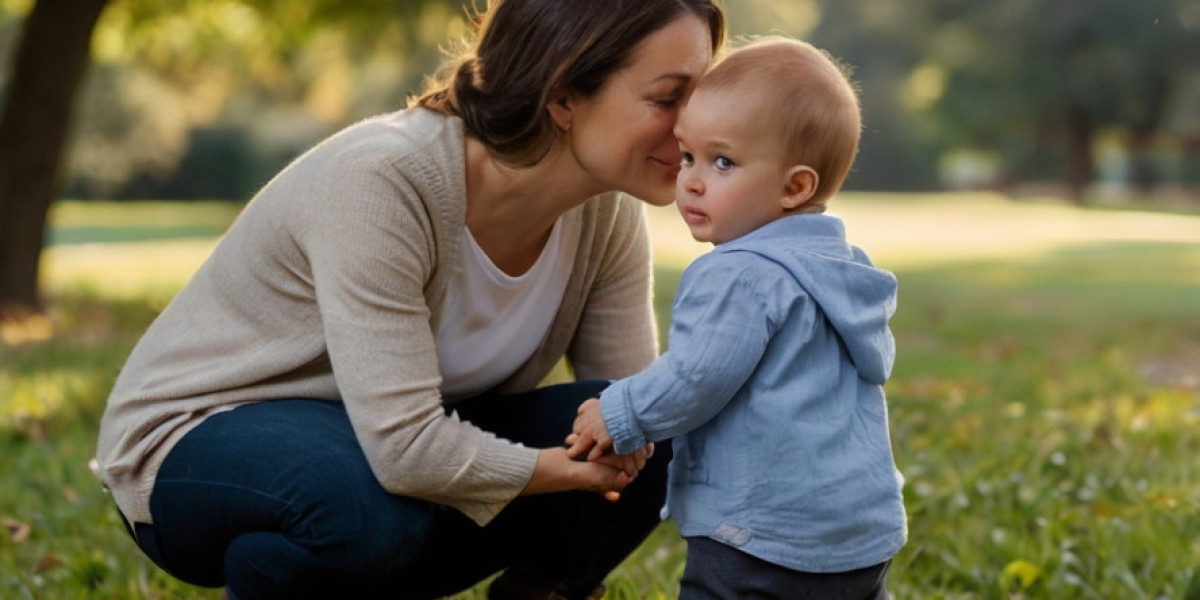Baby development milestones are critical indicators of a child's growth, reflecting their ability to perform certain physical, cognitive, social, and emotional tasks at various ages. Understanding these milestones is vital for parents, caregivers, and healthcare professionals alike, as they provide insights into a child's developmental progress and help identify areas where additional support may be needed. This case study will explore the milestones from birth to two years, using a fictional child, "Ella," to illustrate typical development patterns.
Ella was born on January 15, 2022, in a suburban city. Her parents, Lisa and Mark, were first-time parents, excited but understandably anxious about their daughter’s development. Early on, they sought information about child development to ensure they could provide the best environment for Ella’s growth. Ella’s pediatrician provided them with resources and regular check-ups to track her progress.
Developmental Milestones Overview
The first two years of life are crucial for development, with children typically achieving various milestones in specific domains:
- Physical Development
- Cognitive Development
- Language Development
- Social and Emotional Development
Physical Development Milestones (0-24 Months)
- Birth to 3 Months: At birth, Ella's movements were predominantly reflexive. By three months, she was able to lift her head while lying on her tummy and had begun to wiggle her arms and legs more purposefully. It was reported that she enjoyed tummy time with her parents, which helped build her upper body strength.
- 4 to 6 Months: By five months, Ella could roll from her stomach to her back and vice versa. Her hand-eye coordination improved, allowing her to grasp toys and bring them to her mouth. Lisa noted that Ella particularly enjoyed playing with colorful rattles, which helped refine her grip.
- 7 to 12 Months: Ella's mobility began to accelerate during this stage. At eight months, she could sit without support, transition from sitting to crawling, and even started pulling up to stand. Mark and Lisa prepared their home for Ella’s newfound mobility by baby-proofing their living space.
- 13 to 24 Months: By her first birthday, Ella was walking with assistance and often took her first independent steps shortly after. By 18 months, her confidence grew, and she frequently walked on her own and attempted to climb furniture. At two years old, she could run, kick a ball, and engage in more complex physical play.
Cognitive Development Milestones (0-24 Months)
- Birth to 3 Months: Newborns like Ella demonstrate early cognitive skills through their ability to focus and track moving objects. At two months, Ella started to respond to familiar faces and sounds, which her parents celebrated as signs of recognition.
- 4 to 6 Months: At five months old, Ella began to explore her world through her senses. She exhibited curiosity by reaching for toys and exploring them with her mouth—an essential part of cognitive development.
- 7 to 12 Months: Ella rapidly advanced in her cognitive abilities; by nine months, she could understand cause and effect—especially when she dropped toys to see them fall. Lisa and Mark fostered her exploration by providing diverse toys, like stacking cups and soft blocks.
- 13 to 24 Months: At 18 months, Ella showed problem-solving skills by attempting to fit shapes into the corresponding holes. By her second birthday, she could follow simple instructions and was beginning to engage in pretend play, which is crucial for cognitive development.
Language Development Milestones (0-24 Months)
- Birth to 3 Months: Ella produced cooing sounds by two months, and by three months, she responded with vowel sounds when spoken to.
- 4 to 6 Months: At six months, Ella began babbling, combining consonants and vowels, such as "ba" and "da." Mark often engaged her in conversation, encouraging her early attempts at communication.
- 7 to 12 Months: By nine months, Ella could say "mama" and "dada" with intention. Her communication continued to evolve, showing understanding of simple words like "no" and "bye-bye."
- 13 to 24 Months: Ella’s vocabulary exploded between 18 and 24 months. By two years old, she could say around 50 words and began to combine them into simple phrases like "more juice." This development was thrilling for Mark and Lisa, as they encouraged her verbal skills through reading and singing together.
Social and Emotional Development Milestones (0-24 Months)
- Birth to 3 Months: In the first month, Ella demonstrated social engagement by making eye contact and smiling, which is often referred to as a "social smile." This was an important milestone for her emotional development.
- 4 to 6 Months: By four months, Ella expressed happiness through laughter and cried to express discomfort. Her parents felt reassured as they learned to interpret her cries based on context and timing.
- 7 to 12 Months: At around eight months, Ella began to show separation anxiety, often becoming upset when her parents left the room. This development is critical as it signifies a growing attachment and understanding of relationships.
- 13 to 24 Months: As Ella approached her second birthday, her social skills flourished. She began to engage in parallel play with other children and could express emotions more clearly, including joy and frustration. Lisa and Mark facilitated playdates to encourage her social interactions.
Challenges and Parental Support
Throughout Ella's developmental journey, her parents encountered challenges. For instance, during the early crawling phase, Ella faced difficulties adjusting to her new skill, often getting frustrated with her progress. Lisa and Mark supported her by creating a safe and stimulating environment, filled with toys and opportunities to explore.
Additionally, when Ella turned one, she exhibited picky eating behaviors, causing concern about her nutritional intake. Lisa sought advice from Ella’s pediatrician, who assured them that this is common at this age. They implemented strategies to introduce a variety of foods at mealtime, including colorful fruits and vegetables, and made meals enjoyable by encouraging Ella to participate in the process.
Conclusion
Understanding Baby teething development milestones is essential for parents and caregivers to track and support a child’s growth effectively. Ella's journey from a newborn to a lively toddler showcases the diverse aspects of physical, cognitive, language, and emotional development. By providing a nurturing and enriching environment, Mark and Lisa not only supported Ella's milestones but also fostered a close, supportive relationship, ensuring she felt secure as she explored the world around her.
As Ella approaches the transition to preschool, her parents continue to engage with her interests, celebrate her achievements, and provide guidance through the challenges of early childhood. This case study serves as a reminder that, while milestones offer framework guidelines, every child’s development is unique, and understanding each child’s individual growth journey is key to nurturing their potential.



